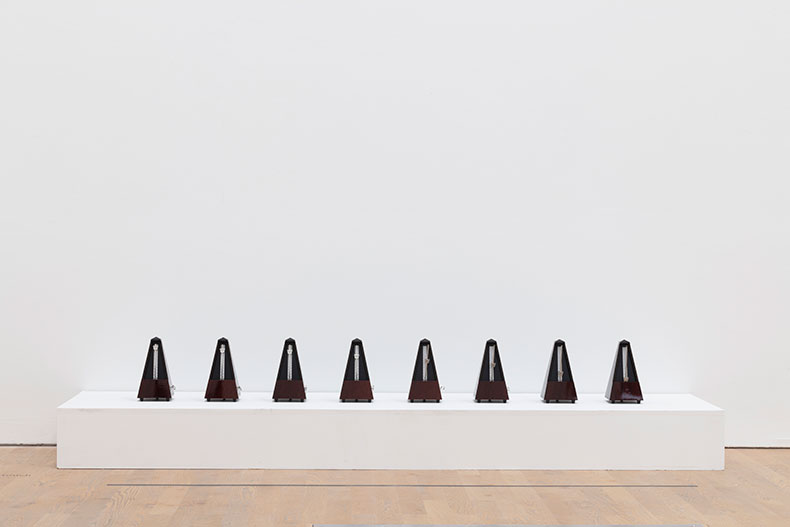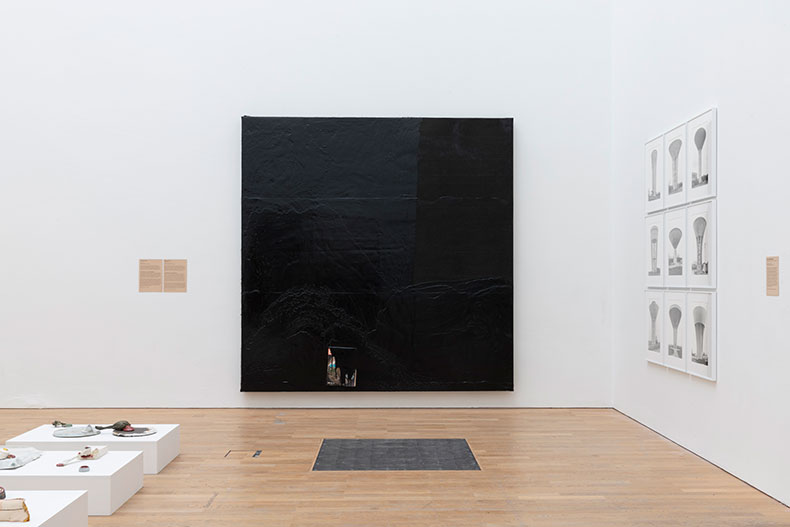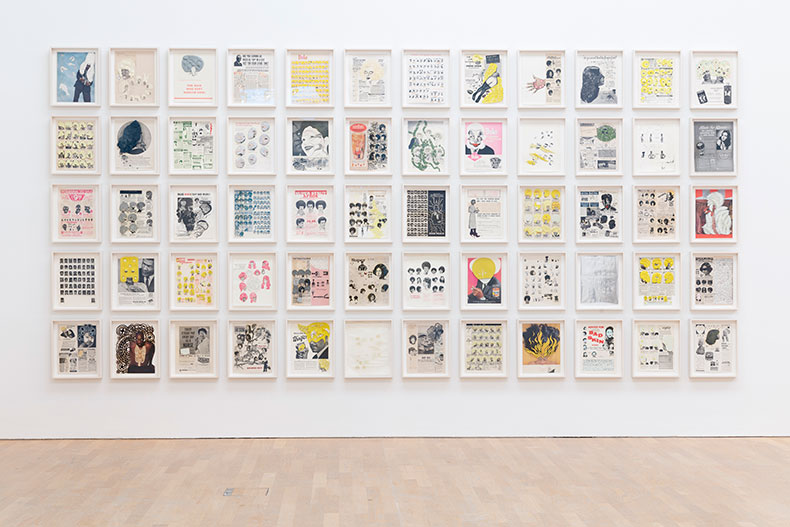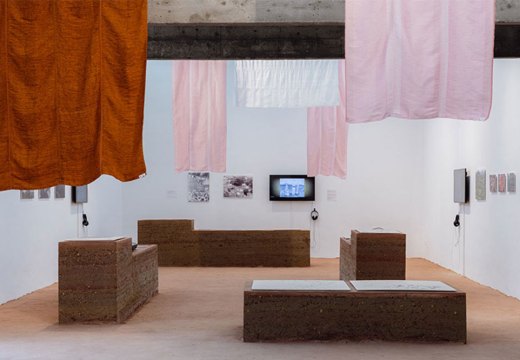When the Middlesbrough Institute of Modern Art opened its doors for the first time on 27 January 2007, it was with high hopes. The elegant, glass-fronted building, designed byDutch architect Erick van Egeraat, gave a new home to an art collection initiated with passion by local artists in the 1920s. The collection was strong in post-war British painting and contemporary American drawing and further enriched with the Clevedon Crafts Centre’s collections of 20th-century British studio ceramics and contemporary European jewellery. The ambition for MiMA was to revive confidence in the Yorkshire town’s future.
The case for economic regeneration is complicated and no single glass box can transform an industrial town in decline. However, on its own terms, as a venue serving, local artists and local audiences as well as a wider art world, MIMA has been quietly exceptional. The latest exhibition, ‘Deep Horizons’, shows especially the dividends that imaginative curating can pay.
Conceived jointly by Elinor Morgan, artistic director of MiMA, and Ned McConnell of the Roberts Institute of Art, managers of the David and Indrė Roberts Collection (DIRC), the exhibition brings together two very different collections to see what the art works in each could offer those in the other. Added to this mix are the ideas of six other curators to the mix – which might sound like a nightmare, but in fact it is a brilliant idea. It enables the exhibition to move beyond the traditional terrain of curating, with a team including Time Team presenter and actor Tony Robinson, artists Liliane Lijn and Fiona Crisp, botanist Greg Kenicer, physicist Chamkaur Ghag, writer and academic Julietta Singh and Geoff Taylor, formerly of the Tees Bay Pilots.

Work No. 180 Largo, larghetto, adagio, andante, moderato, allegro, presto e prestissimo (1995–2004), Martin Creed
Each of these curators helped to select works – ranging across sculpture, drawing, painting, installation, ceramics, photography and moving-image work from the last 90 years – and their responses are quoted in panels beside the selections. As the visitor enters the first room, they meet the clattering soundtrack of Martin Creed’s Work No. 180 Largo, larghetto, adagio, andante, moderato, allegro, presto e prestissimo (1995–2004), a series of eight metronomes set to different speeds. Robinson’s panel tells us that the work reminds him of childhood piano lessons. ‘They [metronomes] epitomise the world diced and sliced: humankind’s desperate attempt to capture, measure and compartmentalise every aspect of our lives. For a metronome every moment is the same and always will be, until the final clockwork mechanism grinds to a halt and disappears down the final black hole.’ But then Robinson reflects on the counter rhythms and syncopations emerging from Creed’s apparent cacophany: ‘I think Creed is telling us that science is beginning to echo the ancient notion that time is an illusion, a convenient human fantasy. Maybe we won’t need the ruthless, constantly demanding metronome for much longer and we’ll be able to throw these nasty little machines and their regimented concepts into the dustbin of history. At least I hope that’s what he’s saying!’
The guiding theme of the exhibition is mining – physical, intellectual, psychological. It’s a potent metaphor in Middlesbrough which owes its expansion as a port in the 19th century to the discovery of ironstone in the nearby Eston Hills. In the 1970s, Teesdale photographer Robin Dale the industrial past of the North York Moors; his works are accompanied here by texts from Geoff Taylor, who navigated vessels on the River Tees for 34 years. Nearby is Bernd and Hilla Becher’s analytical grid of black and white images of water towers, created between the 1970s and 2012.

A Roof for the Middle Class (2012), Theaster Gates
A huge black painting by Theaster Gates, A Roof for the Middle Class (2012; from the DIRC collection) is made of tar with a partly visible copy of an issue of Ebony magazine from 1973, the year Gates was born, collaged on to the bottom. The coverline reads ‘The Black Middle Class’, referring to an article that analyses the aspirations for social mobility in America. The use of industrial materials connects the work to one from MiMA’s collection: Neil Brownsword’s installation Transition (1999), which comprises discarded fragments from closed potteries in Brownsword’s home town, Stoke-on-Trent. But Gates’s work also prepares the ground for the themes of the final room, with works such as Ellen Gallagher’s monumental Deluxe (2004–2005) and Keith Piper’s animation, Go West Young Man (1996), addressing questions of race and colonialism.
The show encompasses works by major artists such as Paula Rego, Rashid Johnson, Doris Salcedo and Mark Bradford, but also offers a platform to works of political art rarely exhibited, such as Conrad Atkinson’s discursive collage No Compensation (1977) and Onya McCausland’s abstract orange painting made from recycled ironstone mine residue, Saltburn 54°34 07.37 N 0°57 42.87 W / No. 3, (2019). The exhibition invites you to ask: what should art be and what can it do? There are as many answers as there are visitors.
‘Deep Horizons’ is at the Middlesbrough Institute of Modern Art until 18 June.
Unlimited access from just $16 every 3 months
Subscribe to get unlimited and exclusive access to the top art stories, interviews and exhibition reviews.












![Masterpiece [Re]discovery 2022. Photo: Ben Fisher Photography, courtesy of Masterpiece London](http://www.apollo-magazine.com/wp-content/uploads/2022/07/MPL2022_4263.jpg)
It’s time for the government of London to return to its rightful home